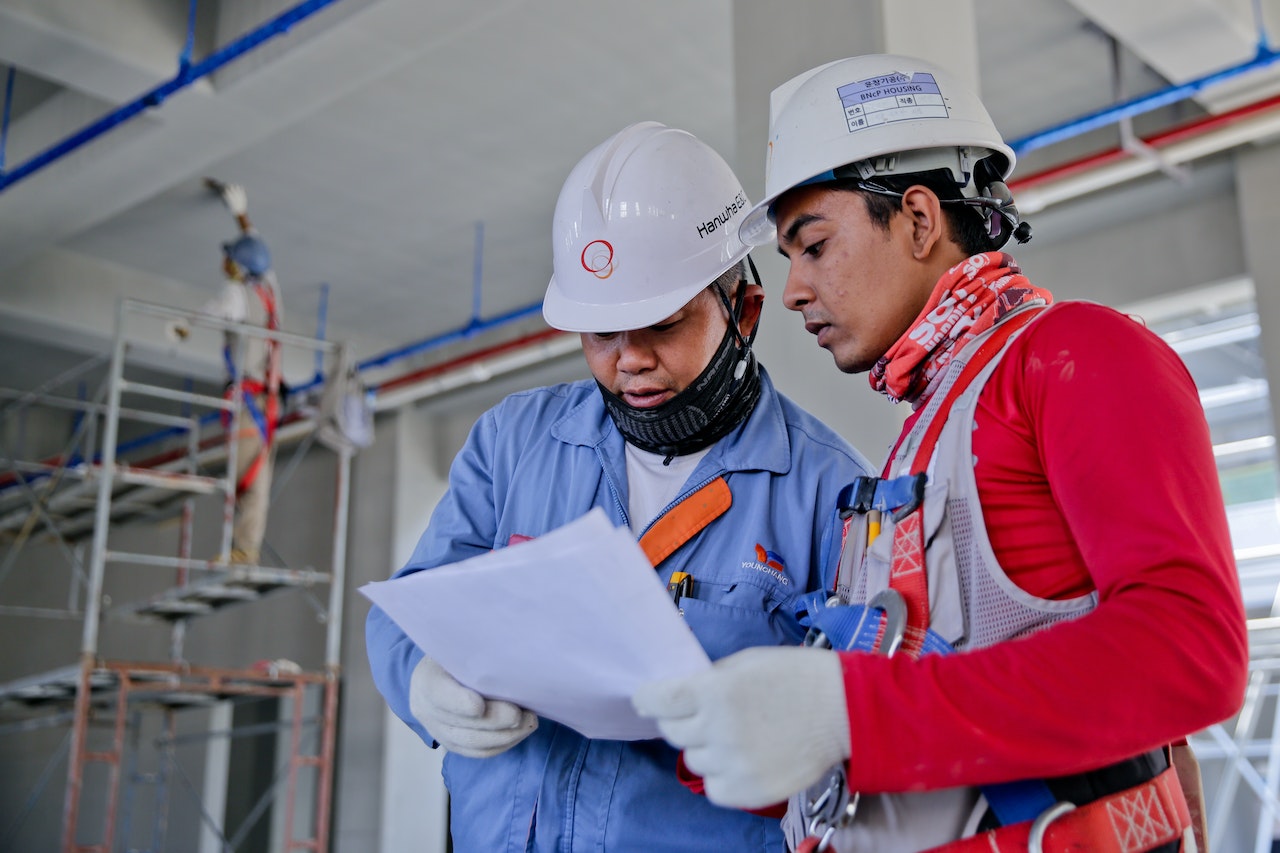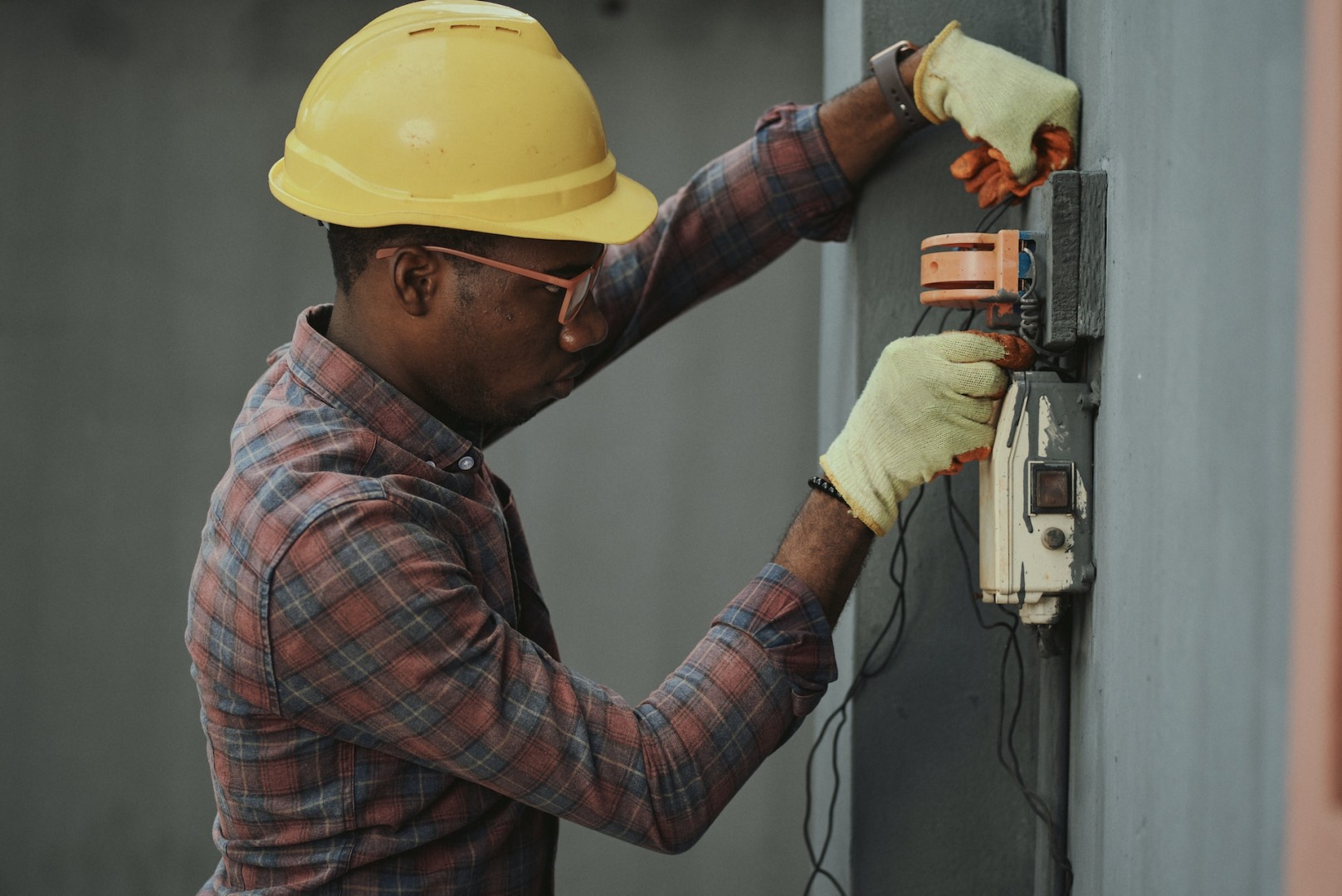Comments
- No comments found

Federal construction projects serve as a tangible reflection of a nation’s commitment to its citizens.
From monumental landmarks and governmental buildings to essential facilities like dams and highways, these projects not only cater to functional requirements but also often represent national heritage and pride. However, unlike conventional construction ventures, federal projects come with a unique set of complexities. They must cater to the dual objective of aligning with the nation’s vision while ensuring taxpayers’ money is well used. Additionally, they are often governed by an intricate web of regulations, so they must adhere to the highest quality standards. Today we’ll explore some of the most pressing challenges encountered in these projects and provide solutions to ensure their successful completion.

Firstly, it’s important to consider the complex web of federal regulations and policies, which can often appear daunting. This is why ensuring compliance with federal standards, from environmental checks to worker safety regulations, can slow down a project significantly. Therefore, it’s crucial to familiarize yourself with all pertinent regulations from the outset to make things easier. Engaging early with regulatory bodies and obtaining the necessary permissions and clearances in advance can save considerable time and stress down the line.
Moreover, federal construction projects often suffer from budgetary limitations, which can lead to cutting corners and making compromises in project quality. Adopting a proactive approach to budgeting, which involves meticulous planning and forecasting, can help. Federal construction project software, like the one offered by Kahua, can streamline budgeting and resource allocation, ensuring financial feasibility. This software is easy to use, allowing you to navigate the entire lifecycle of a federal construction project. It can help you ensure that any potential overruns are flagged in advance. In addition, you can manage and track funding sources for your project and improve audit performance without incurring any penalties or losing funding.
Another key thing to consider is that federal construction projects come under intense public scrutiny. Given the vast amounts of public funds involved, maintaining top-tier quality becomes a non-negotiable. These projects should not only meet but often exceed standard regulations, as they cater to a larger public interest. This is why it’s advisable to deploy rigorous quality assurance and quality control protocols as early as possible. Regular inspections and monitoring should be integral parts of the process. Additionally, adopting advanced tools can offer real-time monitoring and updates, ensuring every phase of the project aligns with set benchmarks.
Managing logistics in federal construction projects can be another major challenge. These projects are expansive, typically spanning large geographic areas and involving multiple stakeholders. Coordinating materials, machinery, and manpower becomes a significant undertaking, especially when accounting for varying delivery times, equipment availability, and potential external disruptions like weather or traffic. Besides, as these are federal projects, there’s often an added layer of bureaucracy and paperwork that needs navigation. Therefore, effective communication becomes vital, ensuring that each moving part is synchronized to avoid costly delays. Addressing these complexities head-on can help you ensure smoother project execution.

Most of the time, federal construction takes place in ecologically sensitive areas or on lands with significant historical or cultural value.
This means that balancing the project’s needs with environmental and cultural preservation can be challenging. Make sure you conduct comprehensive environmental impact assessments at the project’s outset. It’s also important to incorporate sustainable construction materials, as this can also reduce environmental footprints. Be sure to stay updated with the latest green construction technologies. Additionally, collaborative work with environmental agencies and local communities can help identify and mitigate potential concerns.
These types of projects often demand heightened security measures due to their significance or the sensitive nature of their locations, such as projects near government buildings, military bases, or critical infrastructure. This requires strict vetting of workers, continuous surveillance, and sometimes even confidentiality agreements to protect sensitive data. In addition to security, safety remains paramount. The scale and intricacies of federal projects can introduce a myriad of potential hazards, from heavy machinery operations to working in elevated or confined spaces. It’s essential to ensure that all involved personnel are adequately trained, equipped with the right protective gear, and aware of the site’s safety protocols.
There are plenty of regulations, guidelines, and standards to think about as well. For example, federal construction projects need to ensure that they comply with fair labor standards, including proper wages, working conditions, and hiring practices. Given the scale of such projects, there might be instances where multiple subcontractors are involved, and ensuring cohesive compliance across the board becomes a challenge. It can be a good idea to dedicate a team or individual to remain updated with all the relevant regulations and ensure the project remains compliant. Regular audits and consultations with legal experts can also be beneficial.
Multiple stakeholders, including federal agencies, local authorities, contractors, and the public, are involved in federal projects. Consequently, effective communication among these groups is crucial to ensure a smooth project flow. It’s crucial to establish clear communication protocols and use modern communication tools to facilitate regular updates and feedback sessions. Collaboration platforms can also provide real-time project updates, keeping all stakeholders informed and aligned. Moreover, regular stakeholder meetings, transparent reporting, and clear escalation pathways for concerns or issues can further smoothen the coordination process. Remember, a well-informed stakeholder is more likely to be a supportive stakeholder.
Change management, in the context of federal construction projects, goes beyond merely adjusting project plans. It’s a comprehensive process designed to ensure that any modifications, whether they’re in scope, budget, or timelines, are effectively communicated, evaluated, and implemented without jeopardizing overall project success. Given the large scale and high stakes of federal construction initiatives, changes can have a profound effect. For example, a seemingly minor alteration in a project’s design could result in significant changes to material requirements, labor allocations, and even regulatory compliance needs.
Closing a federal construction project isn’t a mere administrative formality. It’s an essential phase that requires careful consideration. A successful closure involves comprehensive documentation of the project’s entirety, from its initiation to its completion. This includes detailed records of materials used, construction methodologies, machinery, personnel involved, and other pertinent details. Such documentation aids in future maintenance or potential renovations, simplifying the process of diagnosing issues and implementing solutions. Stakeholders also expect detailed closure reports that outline financial reconciliations, lessons learned throughout the project, and recommendations for similar future undertakings.
After the completion of a federal construction project, its operational life begins, and with it comes the integral aspect of long-term maintenance. Maintaining the project’s infrastructure ensures that it remains functional and safe for its intended lifespan, often spanning decades. Essential considerations for long-term maintenance include understanding the potential wear and tear based on materials, anticipated usage patterns, environmental factors, and more. Predictive analyses can offer insights into potential vulnerabilities or degradation. Regular inspections and maintenance checks are pivotal, as early detection of issues allows for timely interventions, reducing the chances of extensive repairs or overhauls.
Given their scale and significance, federal construction projects inevitably come with their fair share of problems. By recognizing these challenges early and looking for modern tools and strategies, project managers can navigate these complexities more efficiently.
Leave your comments
Post comment as a guest